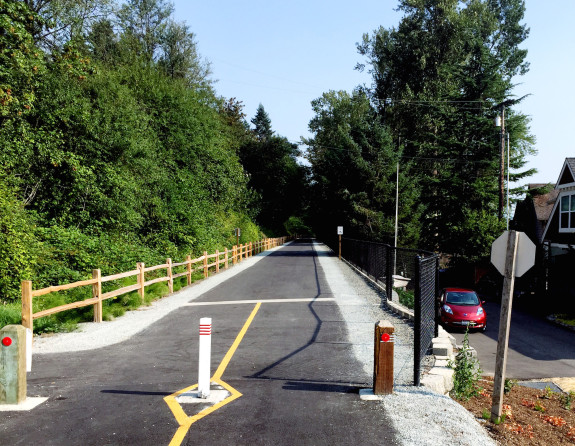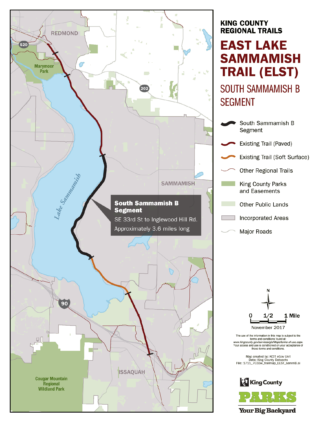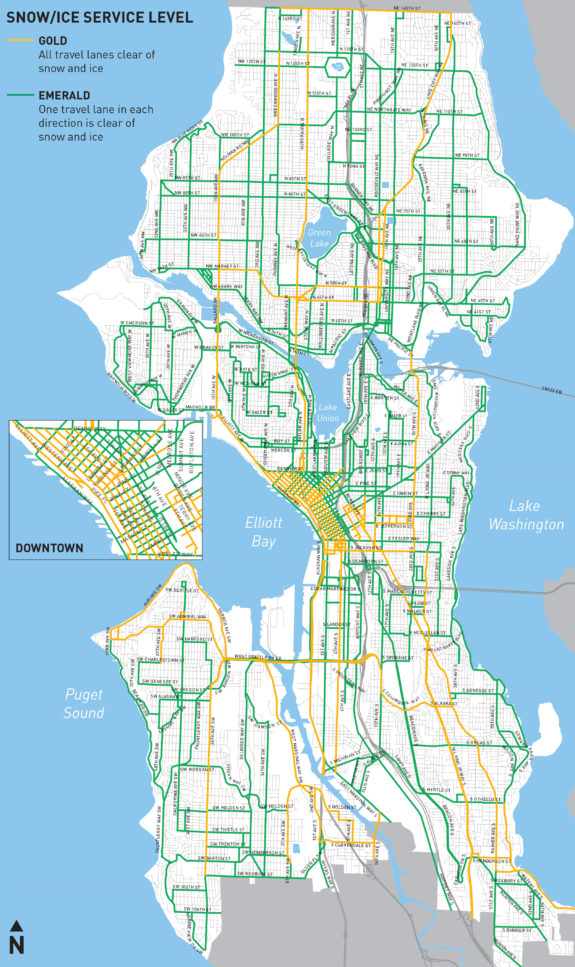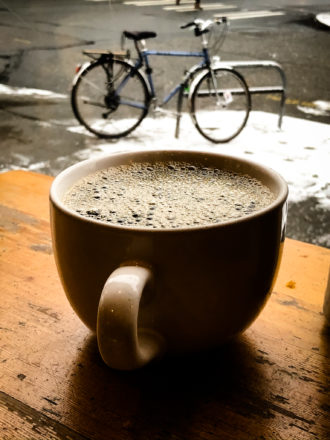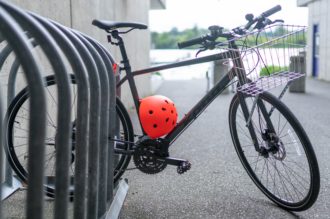
Imagine if instead of buying the cheapest bike you could find on Craigslist for getting around as a college student, you could rent a quality Kona complete with helmet, lock and lights all for just $75 per quarter. Well, UW students now can thanks to the U Bike bicycle library program.
This is a pretty solid deal, especially for students who aren’t sure whether they are going to bike enough to make buying a bike worth it. Throwing down the $600 a bike like the Kona Dew would cost new is a lot of money for many college students. Sure, DIY-minded folks can piece things together with much lower-cost used bikes, but many people aren’t interested in learning bike maintenance. They just want a fun, reliable and affordable way to get around.
The program grew out of a senior project in Community, Environment, and Planning by alum Cole Laush, according to The Daily:
“By providing students [with] a quarterly bicycle rental service, we hope to educate users on how a bicycle can fit into their everyday life,” Laush said. “I believe this experience will encourage users to continue cycling into the future, or at least give a user insight into the barriers cyclists face.”
While operating within the UW campus, the program’s overall purpose is to contribute to the growth of Seattle’s cycling culture, leading to a more equitable, livable, and sustainable city.
“More bikes on the road means a reduction in emissions, more connected cities, healthy citizens and safer streets,” Laush said.

